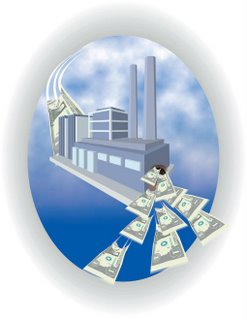It is estimated that every year 1.2 million people lose their life in road accidents across the world. Shockingly, this figure is almost 10 times more than those who perish in natural disasters, over which man has little or almost no control. Yet over the years, the policy makers of India have not had much response to the rising casualty rates in road accidents in the country. That is the reason why, even today, Indian roads oft en turn out to be the worst cases of traffic and road safety management. Consider this: In 2004, nearly 92,500 Indian’s perished in road accidents. This is still 9 times more than the total death toll in the tragic tsunami of December 2004, which left 10,744 dead (official figures) and caused damage to $1.6 billion (according to Citigroup) worth of public property. But the irony is that while concern is being expressed on safety against another tsunami, hardly anybody seems to be moved by the fact that the total losses arising out of road accidents in India average almost $12 billion per year, notwithstanding tremendous financial losses to the economy.
For complete IIPM article click here
Source:- IIPM Editorial
Visit also:- IIPM Publication, Business & Economy & Arindam Chaudhuri Initiative
For complete IIPM article click here
Source:- IIPM Editorial
Visit also:- IIPM Publication, Business & Economy & Arindam Chaudhuri Initiative



